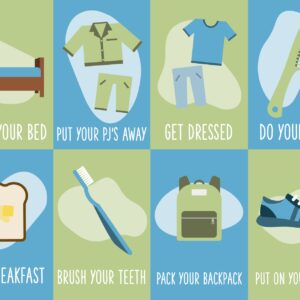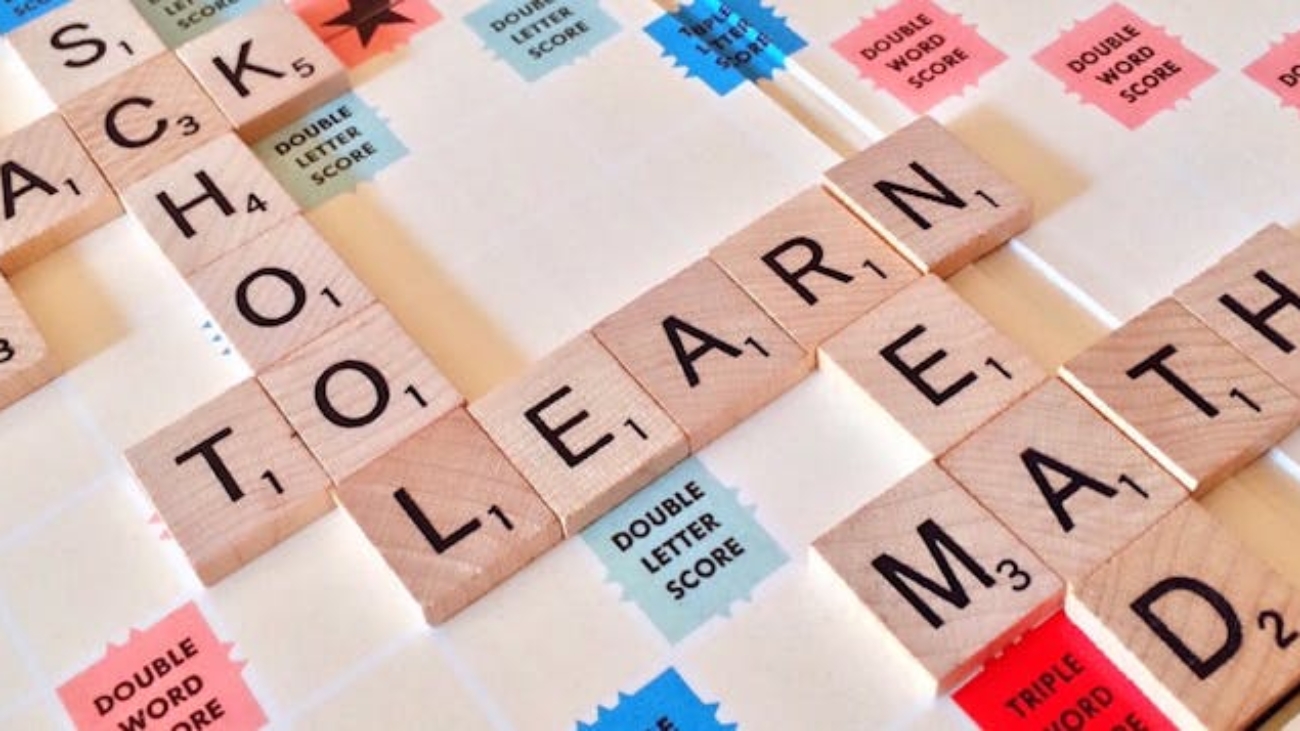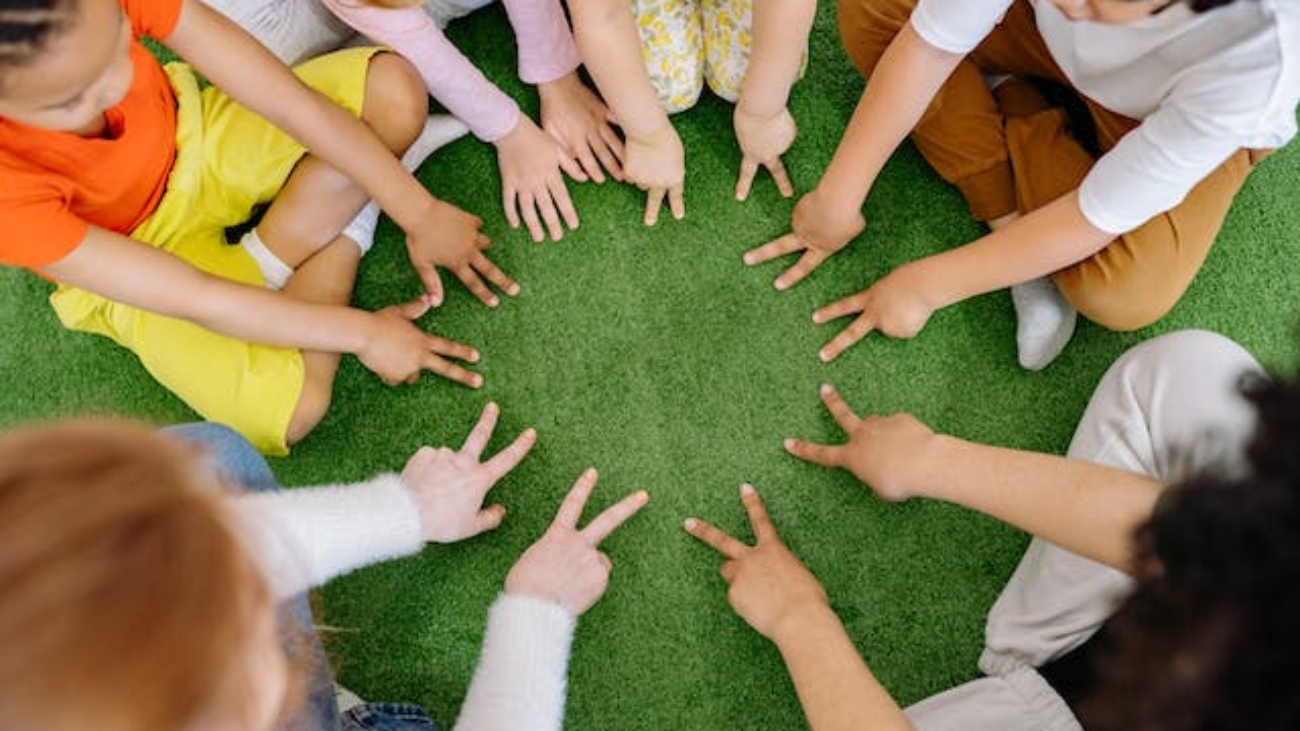As parents, we all want our children to succeed academically. One essential skill that can significantly contribute to their success is the ability to focus. Distractions and lack of concentration can hinder learning progress and impact overall academic performance. In this blog post, we will explore some effective strategies to help your child improve their focus at school.

Establish a Consistent Routine:
Creating a structured routine can provide a sense of stability and help your child develop good habits. Set a consistent schedule for waking up, getting ready for school, completing homework, and engaging in extracurricular activities. Consistency establishes a predictable environment, making it easier for your child to transition from one task to another and maintain focus.

Create a Distraction-Free Study Environment:
Ensure that your child has a quiet and organized space for studying and doing homework. Eliminate distractions such as TV, gadgets, and excessive noise. If required, provide noise-cancelling headphones or a study corner away from high-traffic areas of your home. A calm and clutter-free environment sets the stage for improved concentration and productivity.

Break Tasks into Manageable Chunks:
Large, overwhelming tasks can make it difficult for a child to concentrate. Teach your child the importance of breaking tasks into smaller, more manageable chunks. Encourage them to prioritize and create a step-by-step plan to accomplish their assignments and study goals. Completing smaller portions allows them to focus on one task at a time, reducing the feeling of being overwhelmed.

Teach Time Management:
Effective time management skills help children stay on track and manage their tasks efficiently. Teach your child to allocate specific time blocks for different activities, including studying, completing assignments, and taking breaks. Using tools like timers or schedules can help them visualize their time and stay focused on each task.

Encourage Regular Physical Activity:
Physical exercise plays a crucial role in improving focus and concentration. Encourage your child to engage in regular physical activity, whether it’s playing sports, riding a bike, or going for a walk. Exercise increases blood flow to the brain, enhances cognitive abilities, and helps reduce restlessness, making it easier for your child to concentrate during school hours.

Developing and maintaining focus is a skill that can greatly benefit your child’s academic journey. By implementing these strategies, you can support your child in improving their concentration and overall academic performance. Remember, consistency, a distraction-free environment, task management, time organization, and physical exercise are key components to help your child develop and sustain focus at school. With your guidance and support, their ability to focus will steadily improve, setting them up for success in their educational pursuits.
























